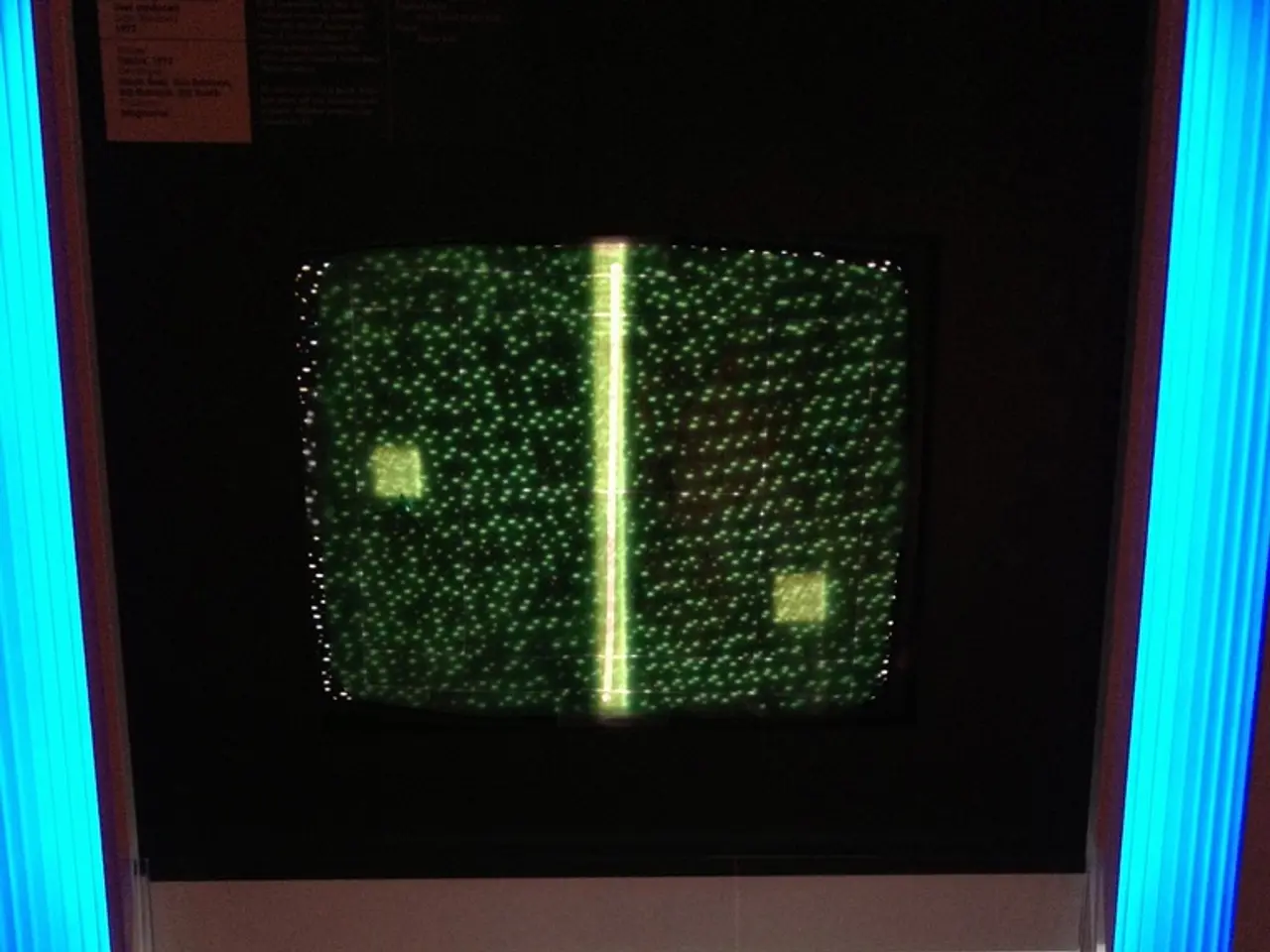Unveiling of Remote ID: Crucial Information You Should Gather
In a significant shift for drone operators in the United States, new Remote Identification (Remote ID) compliance requirements have been set for drones weighing under 55 lbs, effective from 2025. These rules, outlined in Part 107 for commercial use and recreational rules, aim to ensure safety and accountability in drone operations.
Starting in 2025, all drones that require registration with the Federal Aviation Administration (FAA) and weigh more than 0.55 pounds (250 grams) must broadcast a Remote ID signal. This signal includes the drone's identification, location, altitude, and control station information, acting as a digital "license plate" for the drone.
However, drones weighing less than 0.55 pounds and used exclusively for recreational purposes are exempt from Remote ID and registration requirements. This exemption is void if the drone is used for any business or commercial purpose.
There is an additional exception for drones flown inside FAA-Recognized Identification Areas (FRIAs), where drones without Remote ID can operate without transmitting Remote ID data. These are specific designated areas often used by educational or community groups.
Both recreational and Part 107 operators must ensure their drones either have built-in Remote ID capabilities or use an FAA-approved Remote ID broadcast module to comply. The FAA enforces safety rules alongside Remote ID compliance, such as prohibitions on reckless flying that endangers people, property, or other aircraft.
It's important to note that the FAA has recognized four Community-Based Organizations (CBOs) – Academy of Model Aeronautics (AMA), FPV Freedom Coalition, Flite Test Community Association (FTCA), and STEM+C – to help facilitate the implementation of these new rules.
The full implementation of Remote ID rules began on March 16, 2024. Drones with built-in Remote ID use Standard Remote ID, while drones without this functionality require a separate Remote ID Module. The FAA provides a UAS Declaration of Compliance System to check for Remote ID-compliant devices.
Violations of the Remote ID rules may result in fines, suspensions, or other penalties for UAS operators. To fly under Remote ID rules, ensure your equipment (drone or Remote ID Module) is Remote ID-compliant. Recreational pilots who fly drones weighing 250 grams or less are not required to comply with Remote ID, but adding accessories might take them over the weight limit.
For a comprehensive list of compliant devices and FAA-recognized Frequency Reservation Areas (FRIAs), visit FRIAMap.com. The legislation for Remote ID is 14 CFR Part 89. If you purchased your drone or Remote ID Module after 2023, it will likely be on the DOC list. Each Remote ID module has a serial number linked to the drone's registration.
In summary, for drones under 55 lbs but over 0.55 lbs, whether flown commercially or recreationally, Remote ID compliance is mandatory, while the smallest drones (<0.55 lbs) used solely for fun remain exempt from these requirements. The new Remote ID rules aim to enhance safety and accountability in drone operations, benefiting both drone enthusiasts and the general public.
As of 2025, drones that fall under the commercial or recreational guidelines outlined in Part 107 and weigh over 0.55 lbs must be equipped with Remote ID technology to ensure safety and accountability in sports drone operations, adhering to the new FAA rules. On the other hand, drones weighing less than 0.55 lbs are exempted from Remote ID requirements when used for recreational purposes, although adding accessories might cause them to surpass the weight limit.




